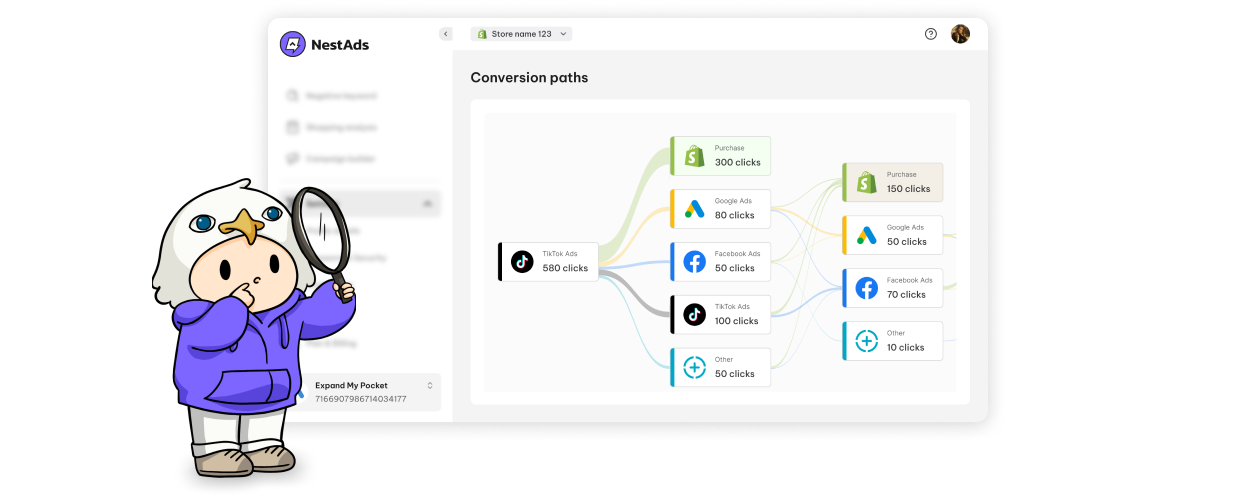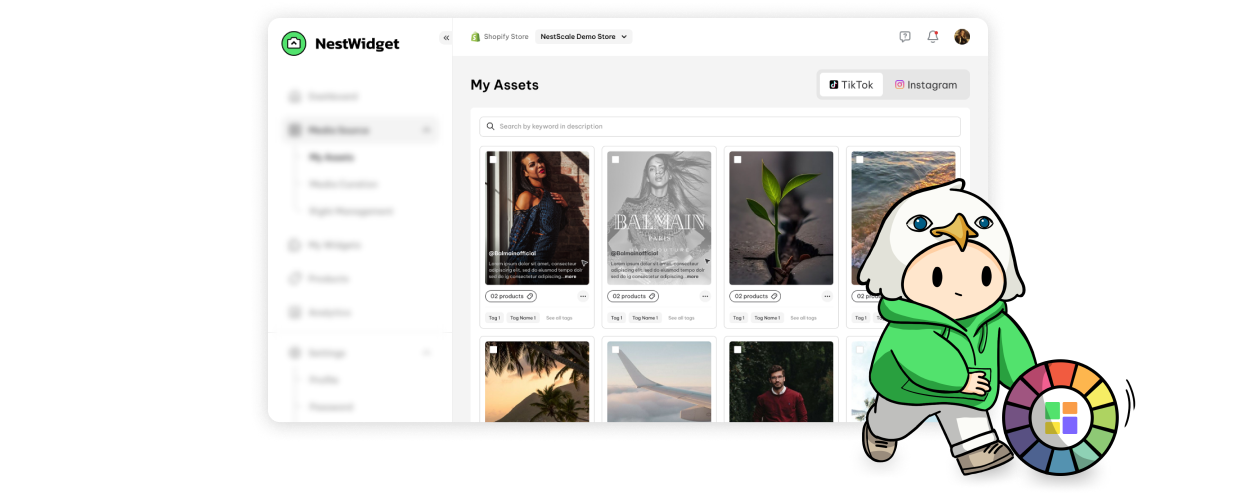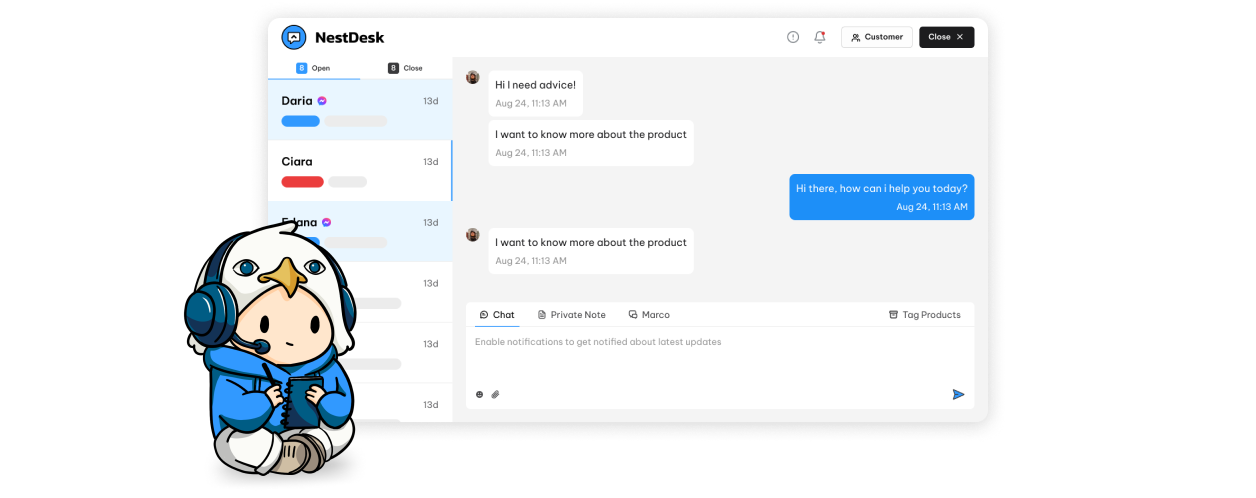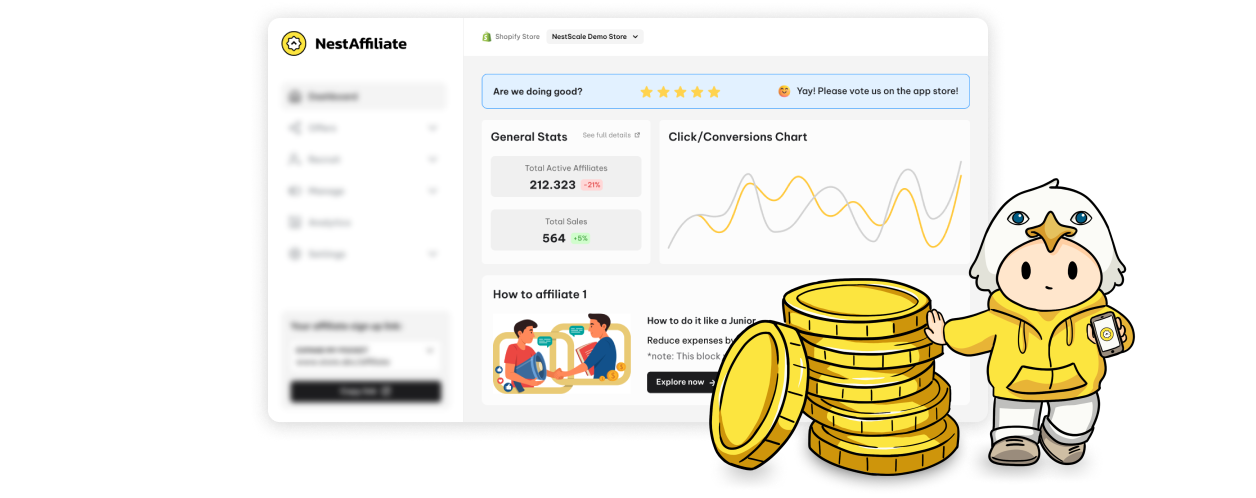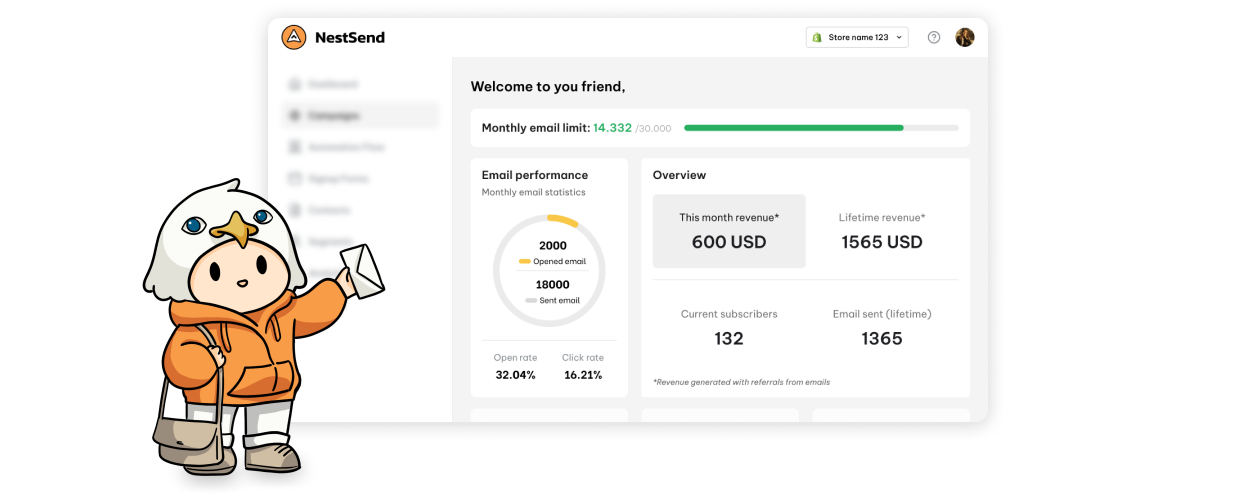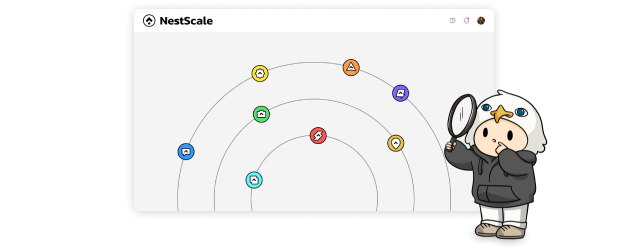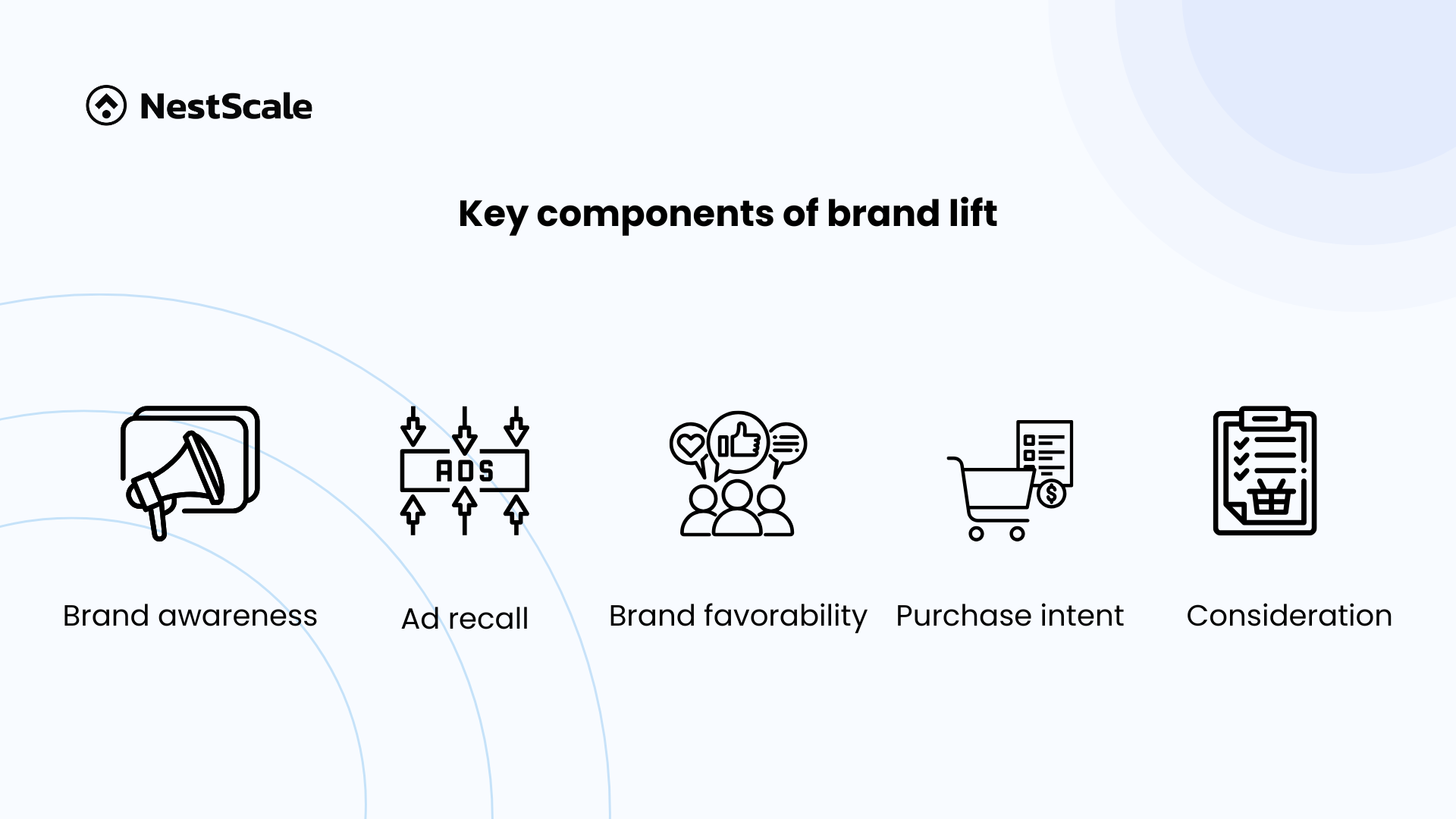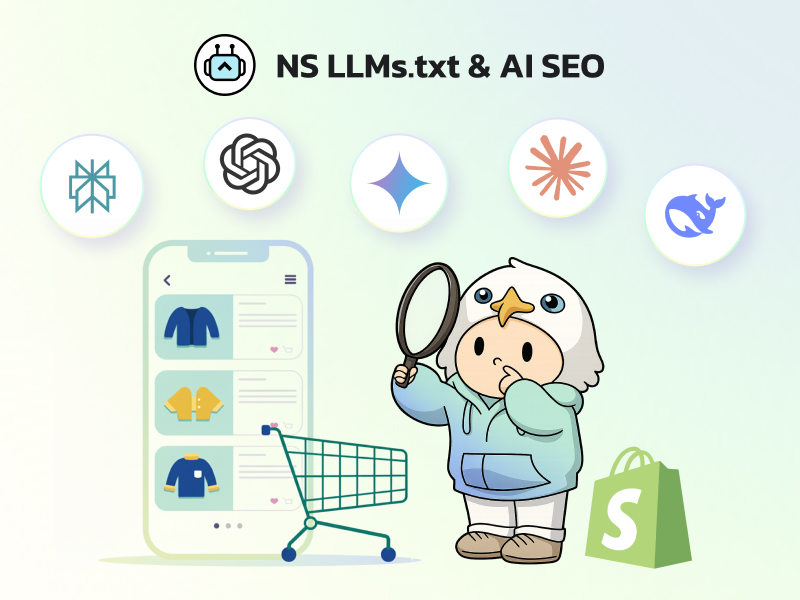What is brand lift?
Brand lift is a measurement of how exposure to a brand’s advertising impacts consumer perception, awareness, and intent. It provides insights into whether your campaigns are effectively enhancing brand recognition, consideration, or favorability among your target audience.
Unlike traditional performance metrics, which focus on immediate actions such as clicks or purchases, it delves into the broader influence of advertising on consumer behavior and attitudes. It’s often assessed through surveys, audience research, or analytics tools.
Key components of brand lift
- Brand awareness: How familiar consumers are with your brand after seeing your ad.
- Ad recall: The percentage of people who remember your advertisement.
- Brand favorability: How positively your brand is perceived.
- Purchase intent: The likelihood of consumers purchasing your product or service.
- Consideration: Whether consumers are willing to consider your brand over competitors.
Why is it important?
- Measures true impact: It helps marketers understand how ads influence consumer perceptions, going beyond basic performance metrics.
- Optimizes campaigns: Insights from brand lift studies can guide optimization efforts, ensuring campaigns resonate better with the target audience.
- Supports branding efforts: It emphasizes the importance of brand-building in driving growth and customer loyalty.
- Monitors competitor landscape: By tracking shifts in brand perception, you can assess how your brand stands against competitors.
How to measure brand lift?
Measuring it involves gathering data on audience perceptions before and after exposure to your advertising campaigns. Here are some common methods:
- Surveys: Conducting pre- and post-campaign surveys to assess changes in metrics like awareness, favorability, or intent.
- Social listening: Monitoring online conversations to gauge shifts in sentiment.
- Brand lift studies: Many advertising platforms, such as Google and Facebook, offer brand lift studies to track your campaign’s effectiveness.
- Third-party tools: Specialized tools provide in-depth insights into brand performance.
Tips for maximizing it
- Know your audience: Tailor your messaging to resonate with the specific needs and preferences of your target demographic.
- Focus on creativity: Memorable, engaging ads are more likely to leave a lasting impression and drive brand lift.
- Leverage multi-channel campaigns: Consistent messaging across platforms can amplify awareness and recall.
- Test and optimize: Continuously test different creatives and messaging to see what works best.
- Invest in storytelling: Stories evoke emotions and create deeper connections with your audience, boosting brand favorability and purchase intent.
Challenges of measuring brand lift
Despite its importance, measuring comes with its challenges. Survey biases, the need for significant campaign budgets, and difficulties isolating variables can sometimes cloud results. However, with careful planning and reliable tools, these hurdles can be overcome.





